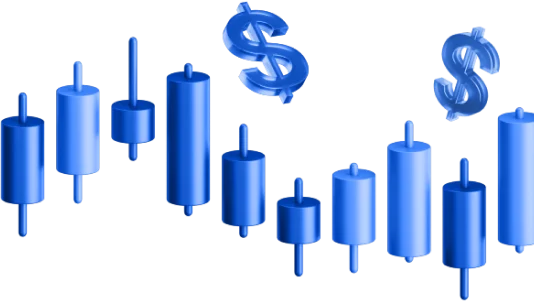XM International MU Limited is regulated by the Financial Services Commission (FSC) of Mauritius under the Investment Dealer's License number GB23202700.
XM (SC) Limited is regulated by the Seychelles Financial Services Authority (FSA) under Securities Dealer's License number SD190.
XM Global Limited is regulated by the Financial Services Commission (FSC) of Belize under the Securities Industry Act 2021 (license number 000261/27).
Trading Point of Financial Instruments Limited is authorised and regulated by Cyprus Securities and Exchange Commission (CySEC) under licence number 120/10.
All entities referenced herein are part of the Trading Point Group and are duly authorized to operate under the XM brand.
Restricted Regions: We do not provide our service to citizens of the United States of America, Canada, Israel and the Islamic Republic of Iran (and other sanctioned countries).
XM does not direct its website and services to any individual in any country in which the use of its website and services are prohibited by local laws or regulations. When accessing this website from a country in which its use may or may not be prohibited, it is the user's responsibility to ensure that any use of the website or services adhere to local laws or regulations. XM does not affirm that the information on its website is suitable to all jurisdictions.



